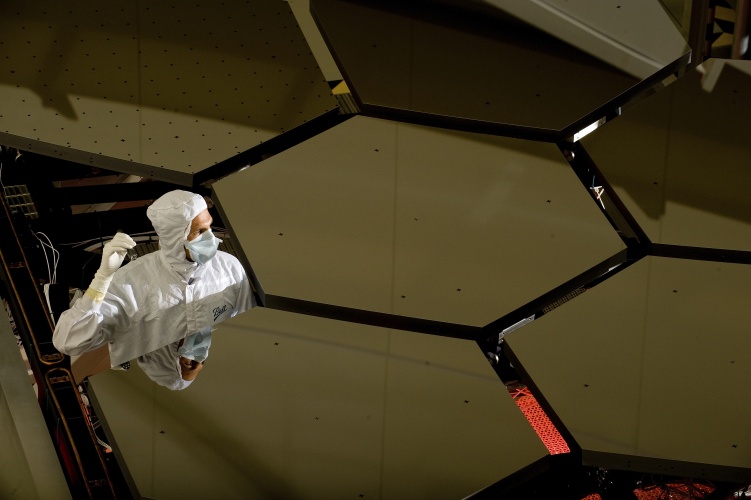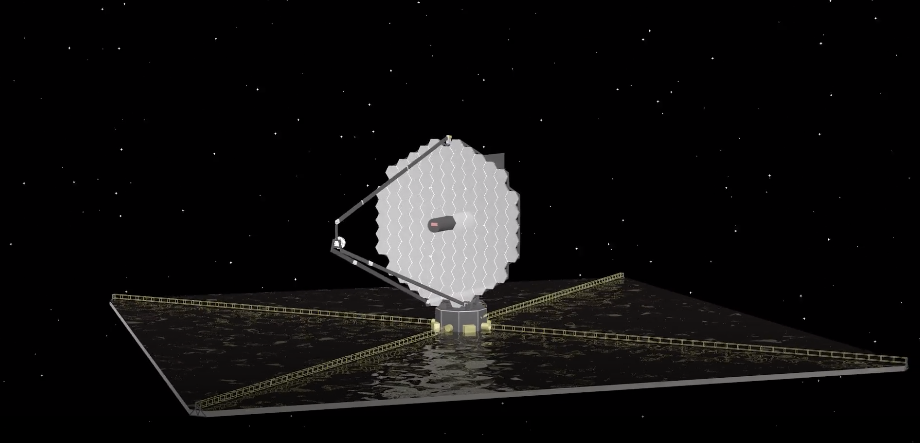
Segmented space telescopes such as the James Webb (JWST) – currently set to launch in 2021 – need to remain incredibly still when taking measurements, particularly when investigating exoplanets in other solar systems. The variations in light they need to detect are miniscule and the slightest movements can throw them off. Complimentary CubeSats, positioned a few thousand kilometres away, could act as ‘guide stars’ for space telescopes, allowing the giant instruments to calibrate themselves periodically in space.
Though there are currently no plans to use small satellites in this way for the JWST, its proposed successor, LUVOIR (Large UV Optical Infrared Surveyor), will potentially employ the technology. To achieve its desired accuracy, LUVOIR will need to remain perfectly still within 10 picometres, which is around a quarter the diameter of a hydrogen atom. In a paper in The Astronomical Journal, the MIT team describes a laser communications system that could be deployed on a CubeSat and enable LUVOIR to maintain the requisite level of stability. This in-orbit calibration would reduce the need for exhaustive levels of testing on the ground and ultimately help keep the costs of these marquee projects down.
"This paper suggests that in the future, we might be able to build a telescope that's a little floppier, a little less intrinsically stable, but could use a bright source as a reference to maintain its stability," said lead author Ewan Douglas, a postdoc in MIT's Department of Aeronautics and Astronautics.

"Any disturbance on the spacecraft, like a slight change in the angle of the sun, or a piece of electronics turning on and off and changing the amount of heat dissipated across the spacecraft, will cause slight expansion or contraction of the structure. If you get disturbances bigger than around 10 picometres, you start seeing a change in the pattern of starlight inside the telescope, and the changes mean that you can't perfectly subtract the starlight to see the planet's reflected light."
While LUVOIR would not launch for at least a quarter of a century, NASA is currently conducting feasibility studies to evaluate whether the project gets the green light in the near future. Douglas and his team concluded that existing laser and satellite technology is already up to the task of guiding space telescopes, but a small fleet of CubeSats spaced across the sky is much more practical than a single guide star.
"Now we're analysing existing propulsion systems and figuring out the optimal way to do this, and how many spacecraft we'd want leapfrogging each other in space," Douglas said. "Ultimately, we think this is a way to bring down the cost of these large, segmented space telescopes."




Poll: Should the UK’s railways be renationalised?
All public service companies should be nationalised for many different reasons, particularly railways, not the least because the tax payer has already...